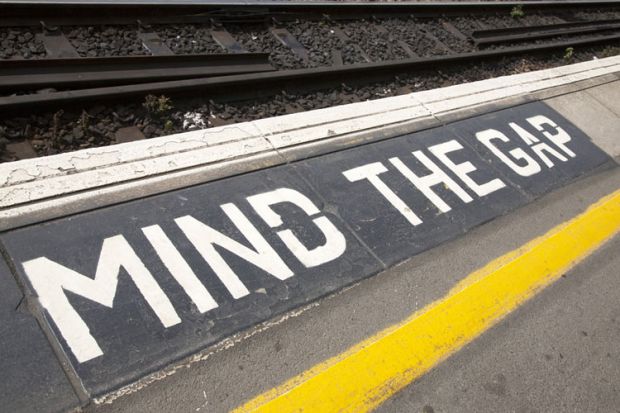The Department for Education has released statistics showing that 8 per cent of school pupils (excluding those attending state-funded sixth-form colleges) who were entitled to the benefit went on to study at a Russell Group university. In contrast, 16 per cent of school pupils who were not eligible for free school meals went to one of the 24 research-intensive institutions.
When students who attended a state-funded sixth-form college are taken into consideration, the cohort in receipt of free school meals who went on to attend a Russell Group university drops to 5 per cent. Only 11 per cent of those who did not receive the benefit went on to one of the selective institutions, when state-funded sixth-forms are included.
Pupils from families in receipt of benefits such as income support and Jobseeker’s Allowance, or who have a low household income, are eligible for free school meals.
The data show that fewer than 1,000 free school meal pupils who attended a state school ended up at a Russell Group university after finishing their A levels or an equivalent level-three qualification last year. This compares with more than 25,000 pupils who were in not receipt of the benefit.
The statistics also revealed that 15 per cent of white British pupils in state-funded mainstream schools went on to a Russell Group university, compared with 20 per cent of pupils of Indian ethnicity and 35 per cent described as being from a Chinese background.
Although white British pupils were some of the least likely to go on to study at Russell Group universities, just 6 per cent of those who identified as black Caribbean followed suit.
The statistics also revealed that the overall percentage of pupils in “sustained destinations” – either education or employment – the year after key stage five had decreased from 74 per cent in 2011-12 to 71 per cent in 2012-13. Of this group, 63 per cent were recorded to be in sustained education, compared with 67 per cent the previous year.
The Department for Education attributed these changes to the rise in undergraduate tuition fees. In 2011-12, the number of students entering higher education rose to 53 per cent from 48 per cent in the previous year. Numbers then dropped back to 48 per cent in 2012-13, highlighting the spike in students in the year before the fee hike.
The data set also included figures that show that students at state-funded sixth form colleges in inner London are the least likely to go on to a Russell Group university.
Just 3 per cent of inner-London pupils who had attended a state-funded college went on to Russell Group universities; in North West England, 9 per cent of that cohort did so.
Overall, those who had attended independent schools in inner and outer London were the most likely in the country to go on to study at Russell Group institutions.
Register to continue
Why register?
- Registration is free and only takes a moment
- Once registered, you can read 3 articles a month
- Sign up for our newsletter
Subscribe
Or subscribe for unlimited access to:
- Unlimited access to news, views, insights & reviews
- Digital editions
- Digital access to THE’s university and college rankings analysis
Already registered or a current subscriber? Login




